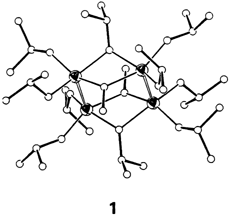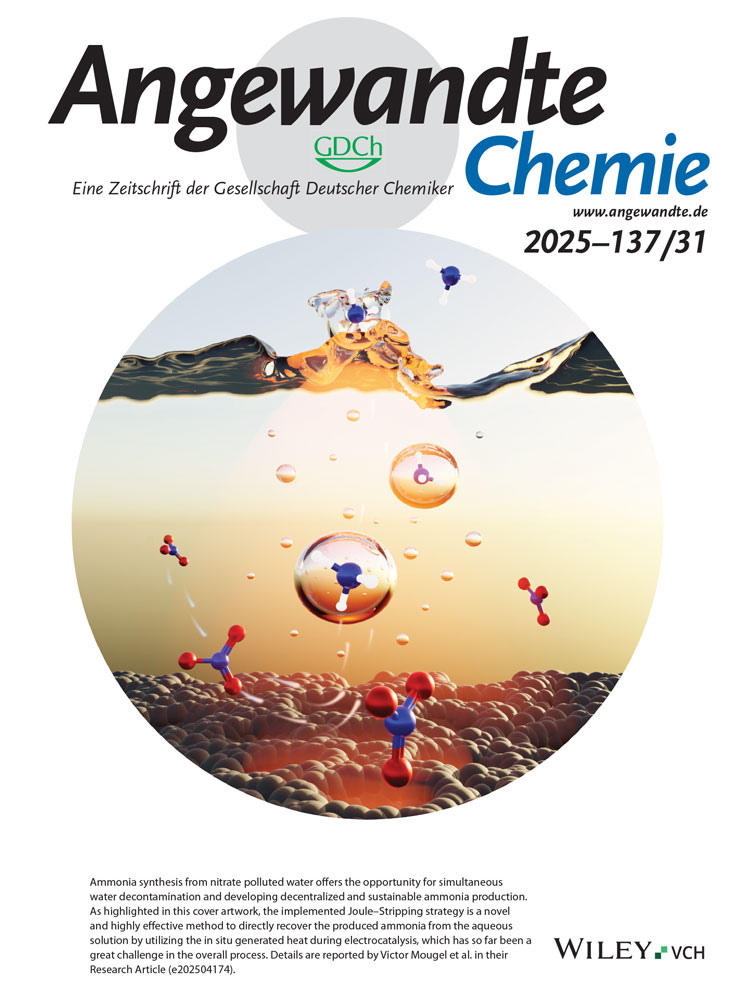Darstellung und Struktur von [Mo4(OMe)2(OiPr)10]; warum dimerisiert [W2(OiPr)6], nicht aber [Mo2(OiPr)6]?†
Diese Arbeit wurde von der National Science Foundation (USA) und der Indiana University Foundation gefördert.
Abstract
Weil ein [MoMo]6⊕-Komplex thermodynamisch stabiler ist als ein entsprechender [WW]6⊕-Komplex! ist die Antwort auf die Titelfrage. Es wird vermutet, daß dieser Befund auf Kernabstoßungseffekte zurückzuführen ist, die bei Wolfram größer sind als bei Molybdän. Die Struktur des Titelkomplexes 1 ist durch zwei kurze und zwei lange Mo-Mo-Abstände (2.238(1) bzw. 3.344(1) Å) und damit durch zwei bisalkoxidverbrückte MoMo-Einheiten charakterisiert. Die Bildung von Alkoxidbrücken könnte ein wichtiger Schritt bei der Dimerisierung von [W2(OiPr)6] sein.





